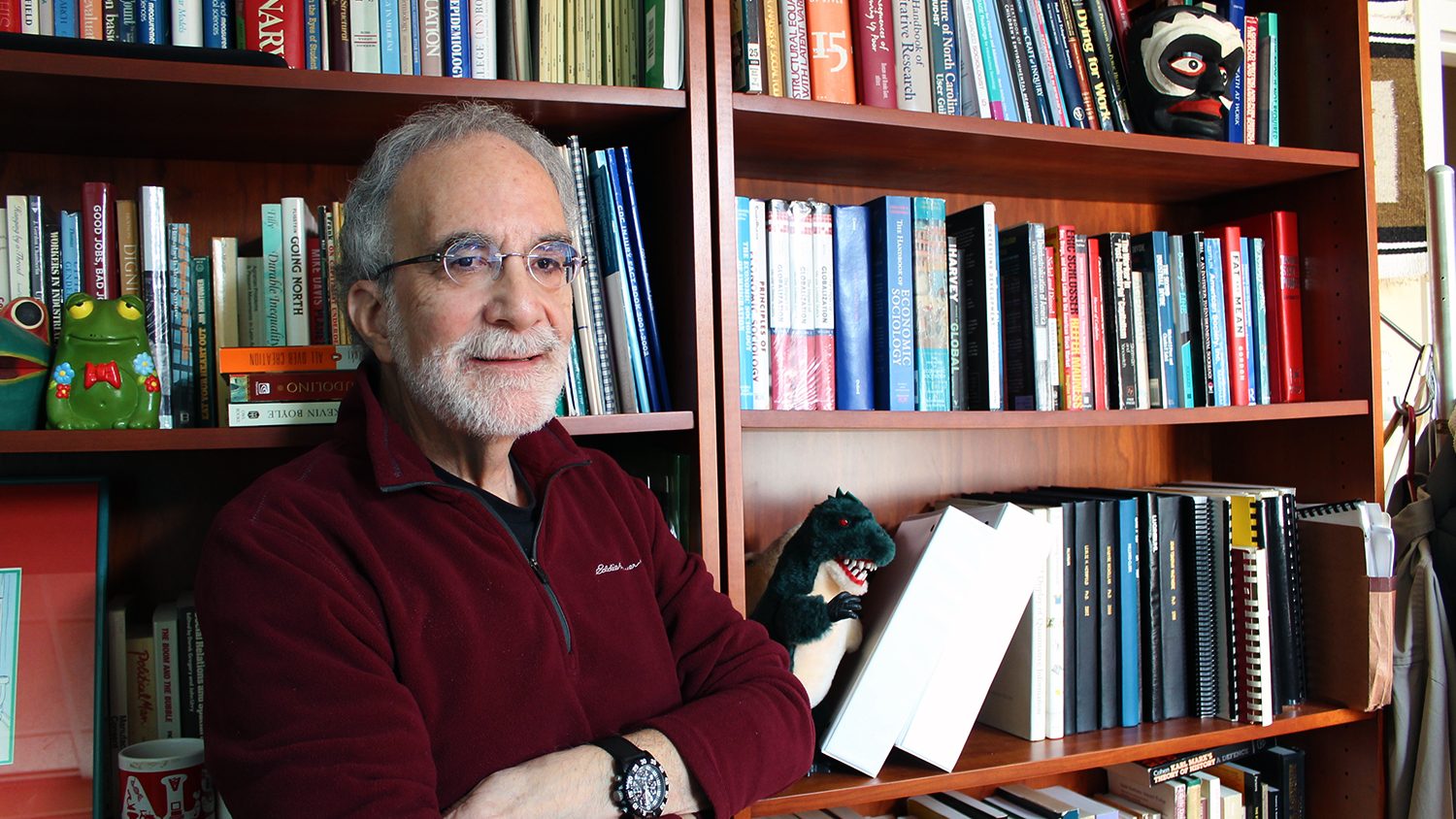
Geographic location and school poverty levels affect the chances of childhood obesity, says a new study co-authored by CALS researcher Michael Schulman: according to analysis of data from 38 counties, North Carolina children living in rural counties or attending high-poverty schools are more likely to be obese.
This is important on many levels, Schulman said. Schools can be key sites for preventing childhood obesity – possibly having a greater impact than family resources.
“What it means is that we need to pay attention to many types of programs in order to address this complex issue,” said Schulman, who is a William Neal Reynolds Distinguished Professor in the Department of Agricultural and Human Sciences.
As the obesity rate has climbed to about 17 percent for children ages 2-19, the World Health Organization calls childhood obesity “one of the most serious public health challenges of the 21st century.” Available online from the Journal of School Health this month, the study co-authored by Schulman and Duke University research analyst Dr. Joy Piontak tracked third through fifth graders from 317 urban and rural North Carolina schools. They found that low concentrations of poverty at a school level are associated with lower odds of obesity, and that schools in rural counties had significantly higher rates.
Students in minority-segregated schools had higher rates of obesity than those in more racially diverse schools, but the effect was not statistically significant after controlling for school-level poverty.
Schulman has focused on the socioeconomic differences between rural and urban areas since he started his career at NC State in 1977. He is a past president of the Rural Sociological Society. Recently, he’s directed his work toward health outcomes in particular.
The work is ongoing. Next up, Schulman is examining whether measures of food environment such as accessibility of grocery stores may account for higher rates of obesity among children in rural counties.
There is no single answer to the complex challenge of childhood obesity, Schulman said, but each study provides another building block.
“It’s like we’re all trying to do a huge crossword puzzle, and each study is like one piece of the puzzle,” said Schulman. “As we add enough pieces, we begin to see a pattern.”
This post was originally published in College of Agriculture and Life Sciences News.